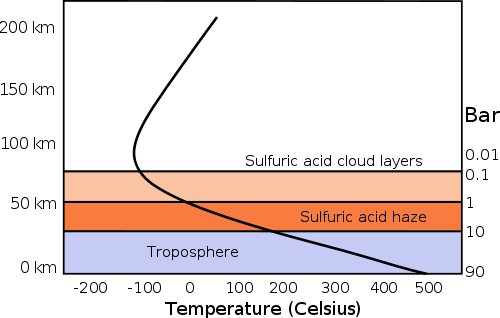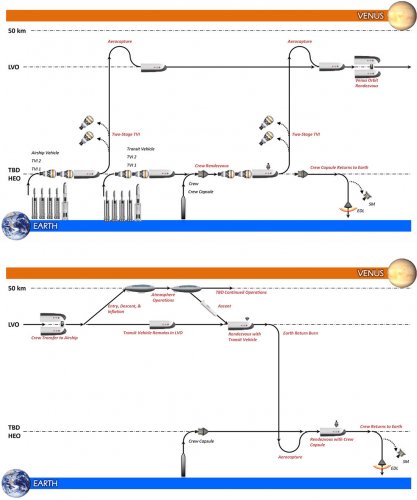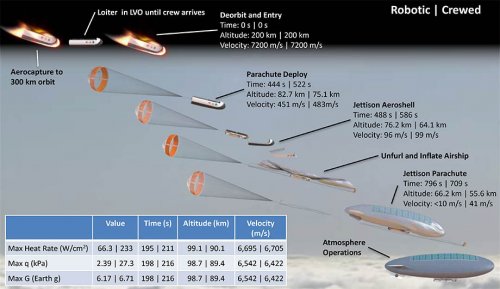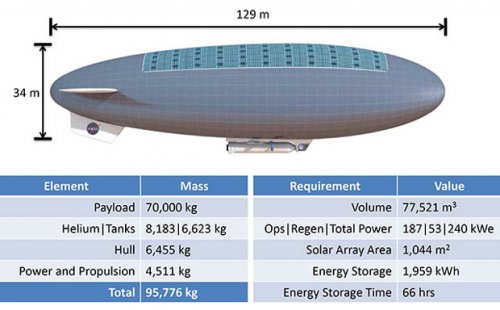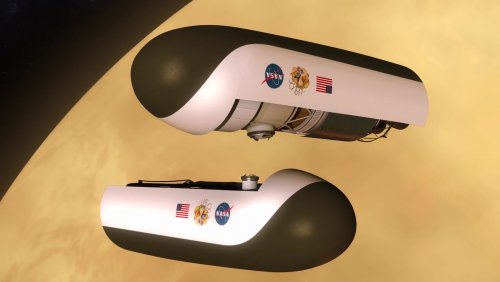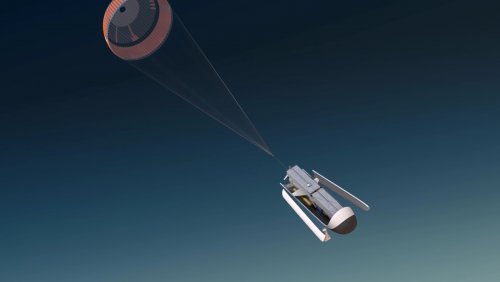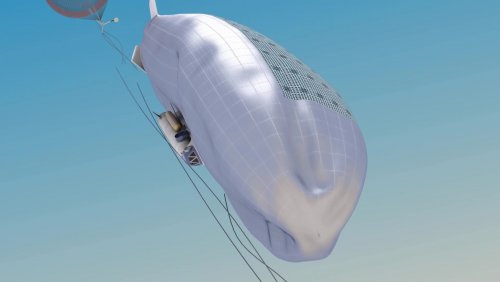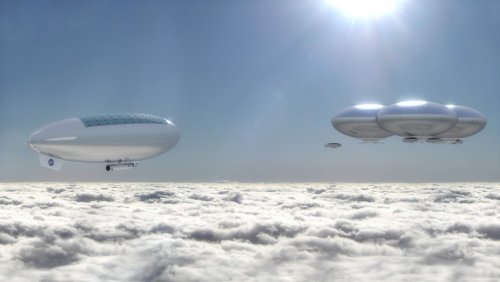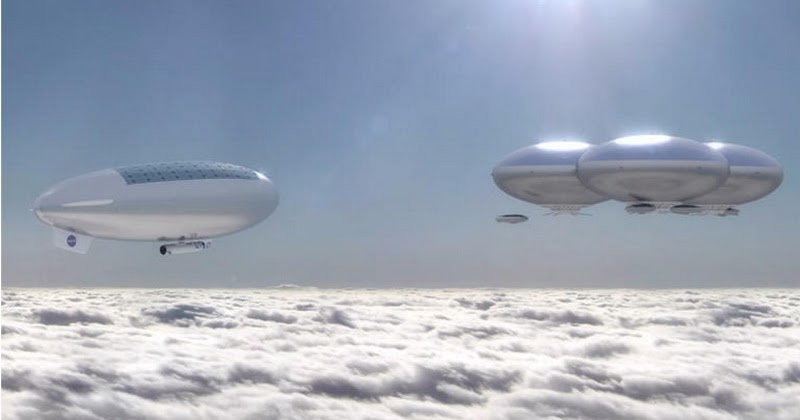- Joined
- 13 August 2007
- Messages
- 8,445
- Reaction score
- 10,999

Cloudbase is the fictional skyborne headquarters of international security organisation Spectrum,
from Gerry Anderson's science fiction television series Captain Scarlet and the Mysterons
Years later the British Interplanetary Society proposed so a Cloudbase, but for Atmosphere of Venus !
In the recent years Geoffrey A. Landis of NASA's Glenn Research Center, proposed it again as Aerostat habitats.
flying in 50 km over the helluva hot surface.
In this high the Venus atmosphere got same pressure as on Earth and is composed mainly of carbon dioxide,
a Aerostat filled with Air (Oxygen-Nitrogen mixture) has here 60% of the lifting power that helium has on Earth.
but the Soviets had already the same ideas in 1971
source Technica Molodezhi TM - 9 1971
Manned Aerostate Base in the Venus planet and mezoplane - Almanach I Want To Learn All - Хочу все знать - Leningrad 1981
Last edited:

